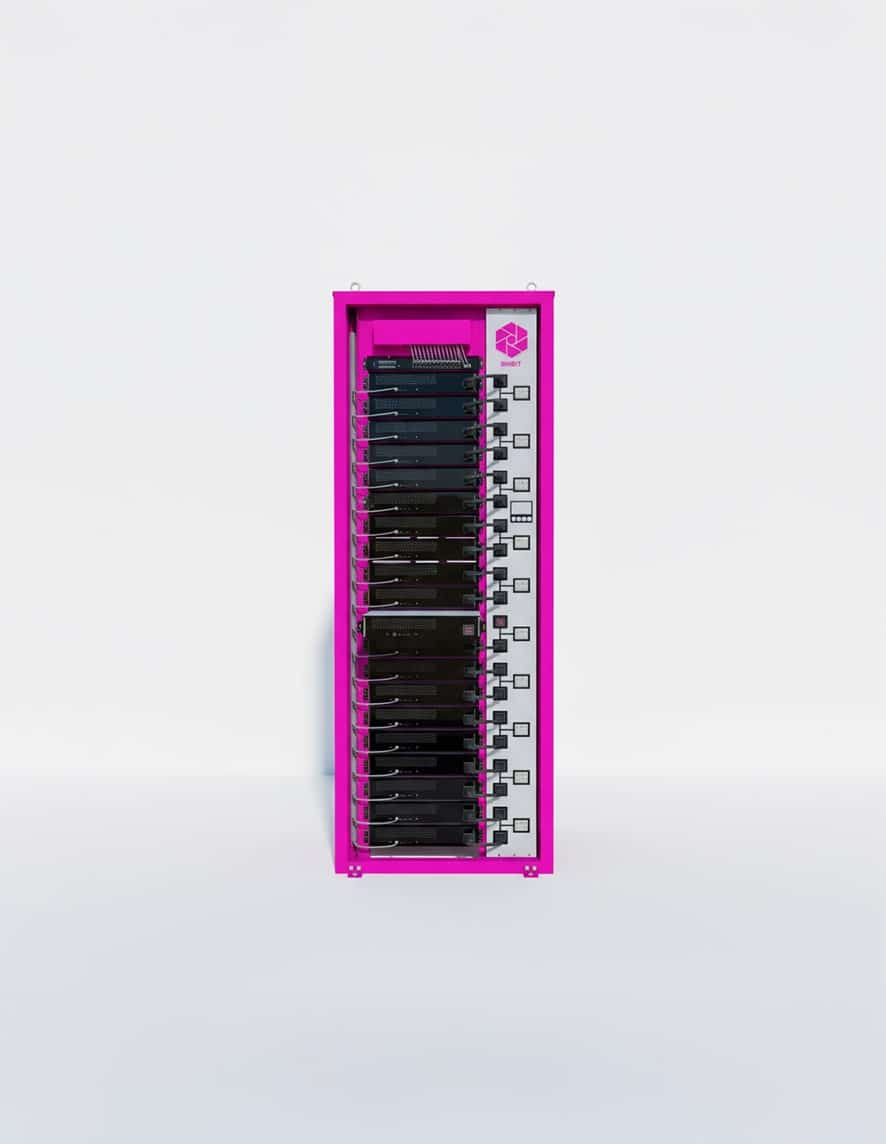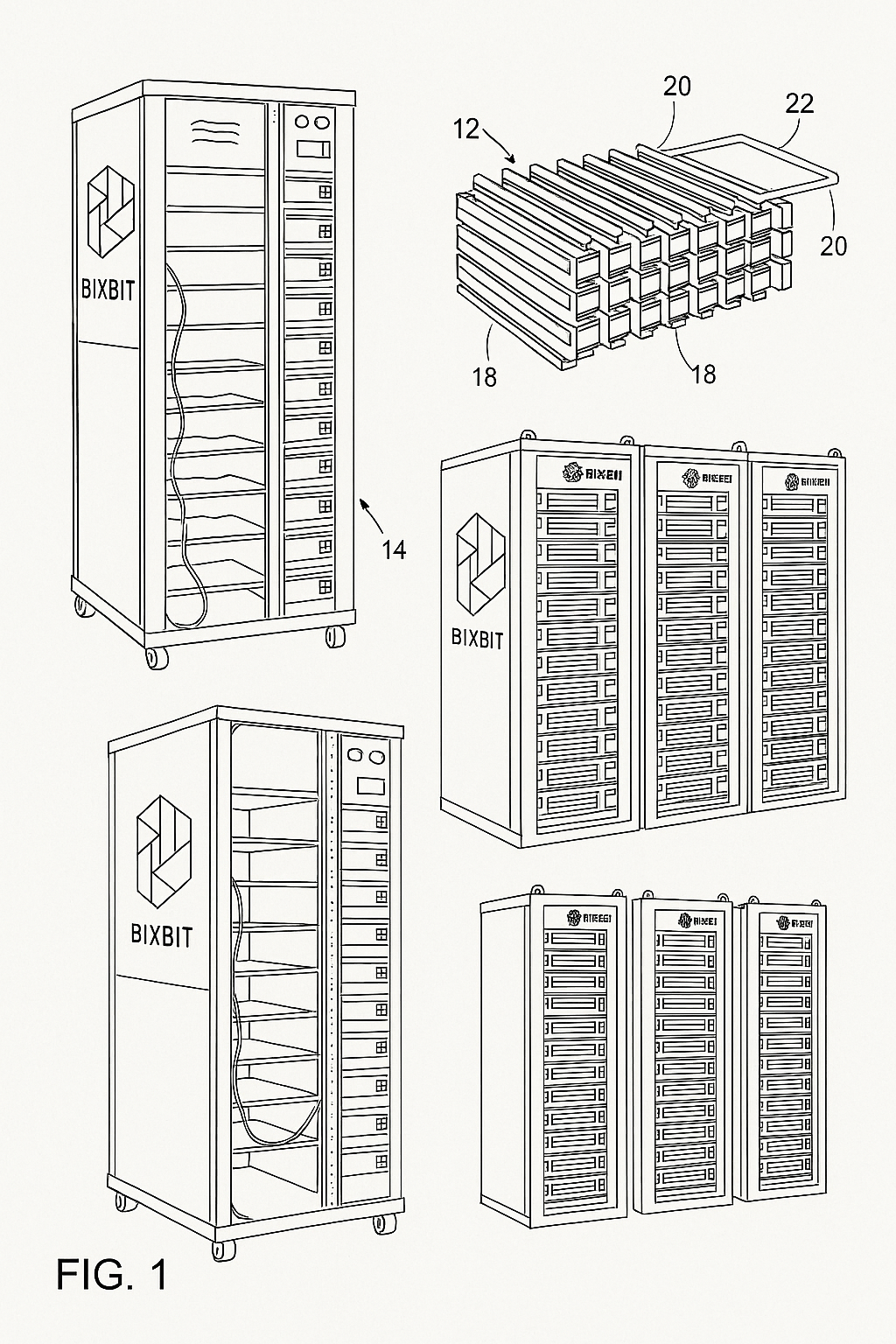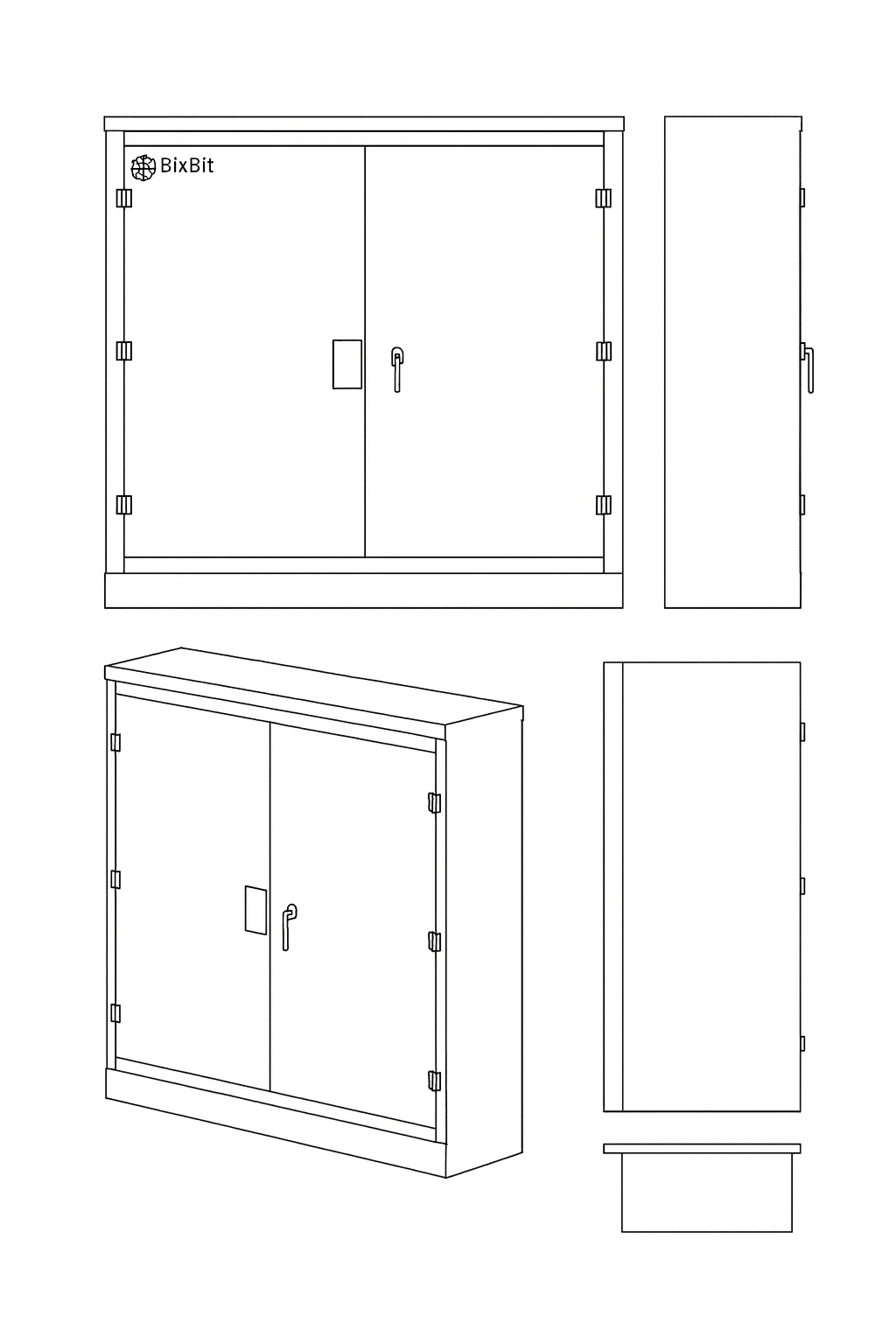Hydro racks are high-density, modular systems designed to house compute equipment — including Bitcoin miners and AI servers — using water cooling instead of traditional air cooling. This makes them more efficient, more reliable, and easier to scale.


Operators face two major challenges: heat and space. Hydro racks solve both by:
✦ Hydro miners / servers are slotted into racks.
✦ Coolant flows through each unit, drawing out heat.
✦ Smart monitoring ensures temperature, flow rate, and uptime are optimized.
✦ 200–400 kW per rack capacity.
✦ N+1 redundancy on pumps for reliability.
✦ Supports mining or AI/HPC workloads.
✦ Compact footprint with maximum terahash/compute density.
✦ Integrated monitoring with PLC + smart PDUs.
✦ Mining Farms → scale hashpower with less cooling overhead.
✦ AI / Data Centers → support GPUs and dense compute clusters.
✦ Industrial Facilities → integrate hydro racks into existing infrastructure for flexible workloads.
✦ Lower OpEx from reduced cooling costs.
✦ Higher uptime with N+1 redundancy.
✦ Faster deployment vs. traditional buildouts.
✦ Modular growth → add racks as capacity grows.
✦ Dual-use (mining + AI).
✦ Built with reliability in mind.
✦ Designed to integrate with BiXBiT transformers and modular data centers.
✦ Faster turnaround and support than industry competitors.
Yes. They support GPUs, AI servers, and other high-density compute systems.
Typically 200–400 kW per rack, depending on configuration.
Minimal — hydro racks are engineered for reliability, with redundant pumps and smart monitoring systems.




